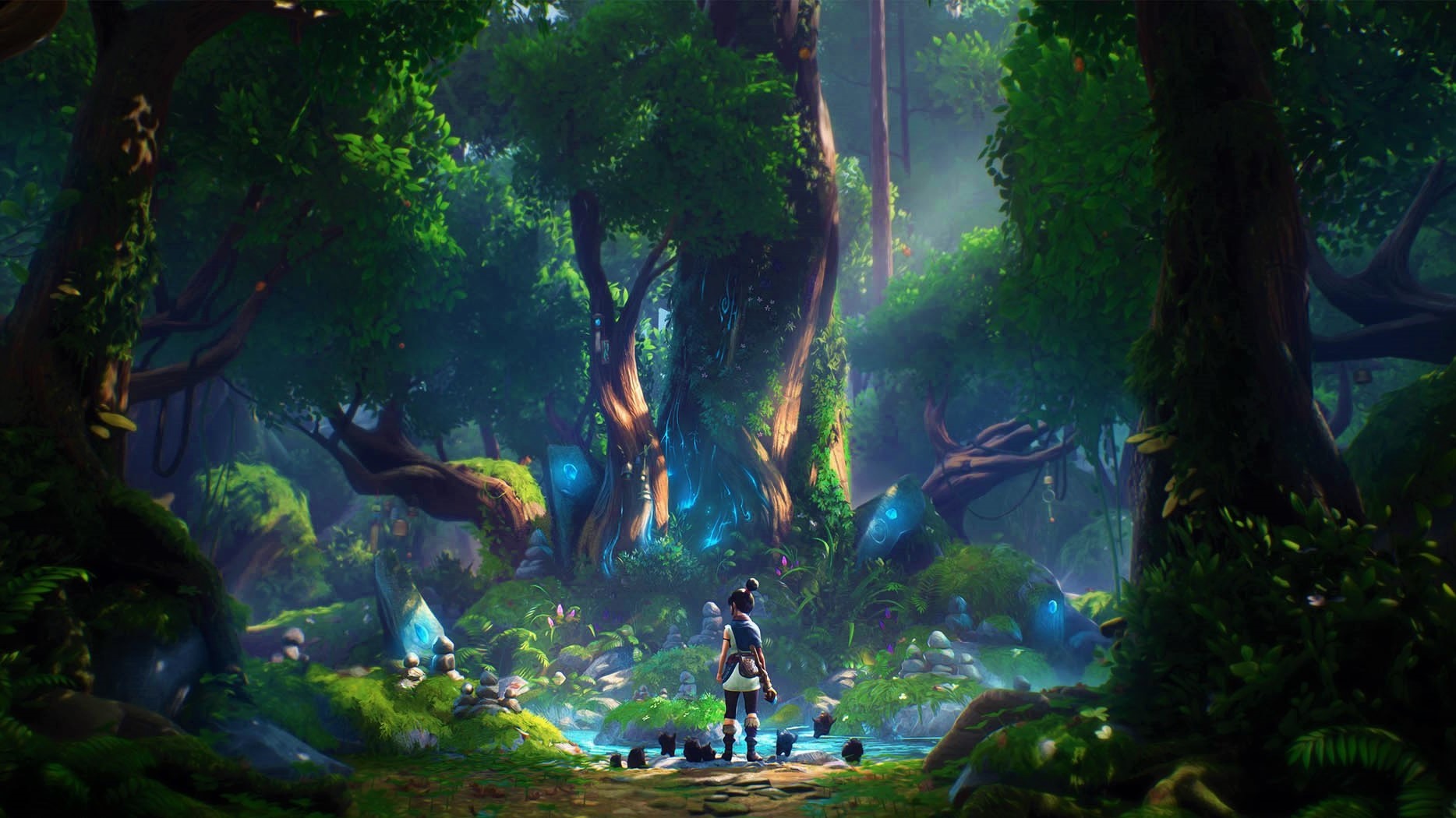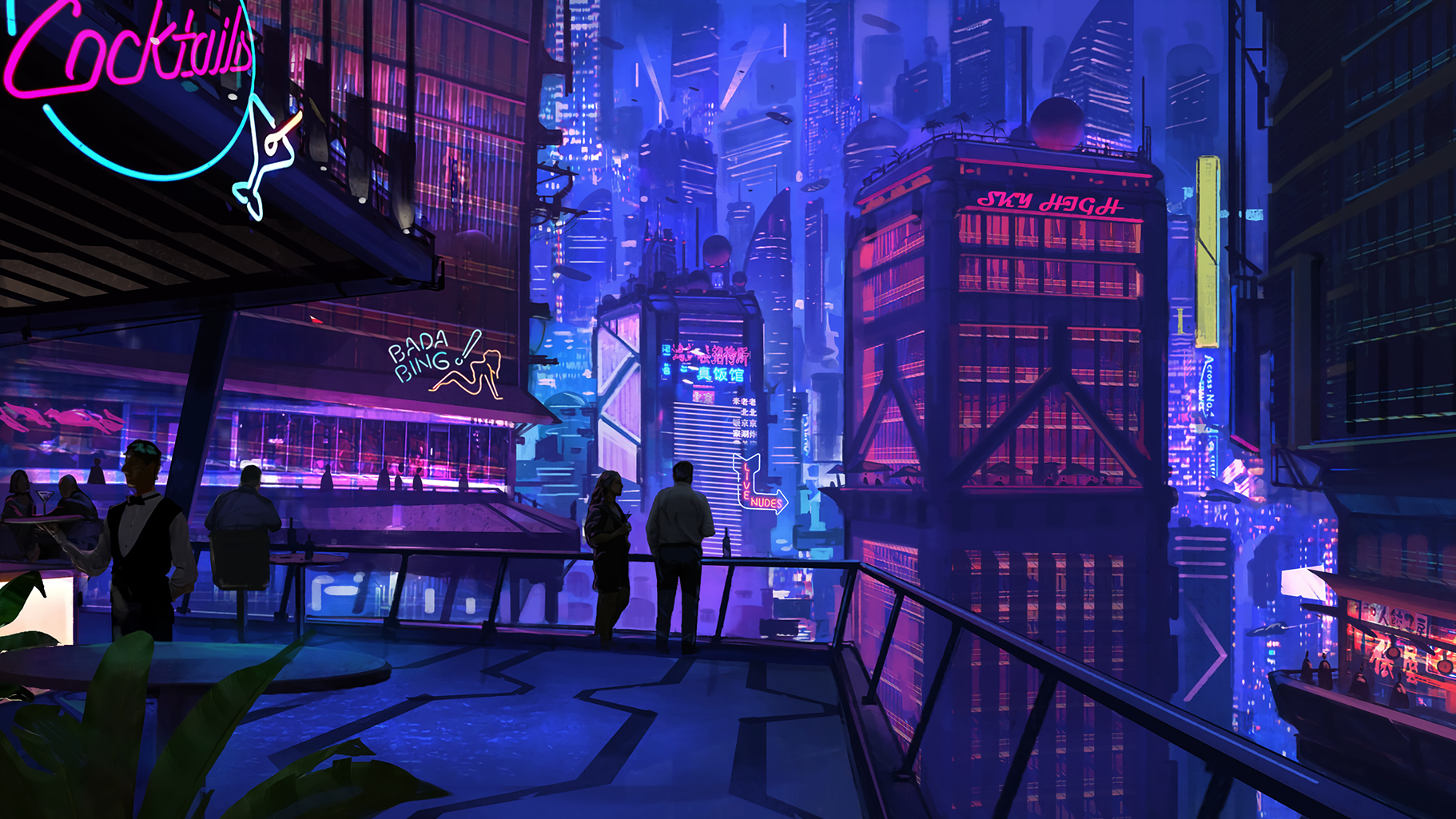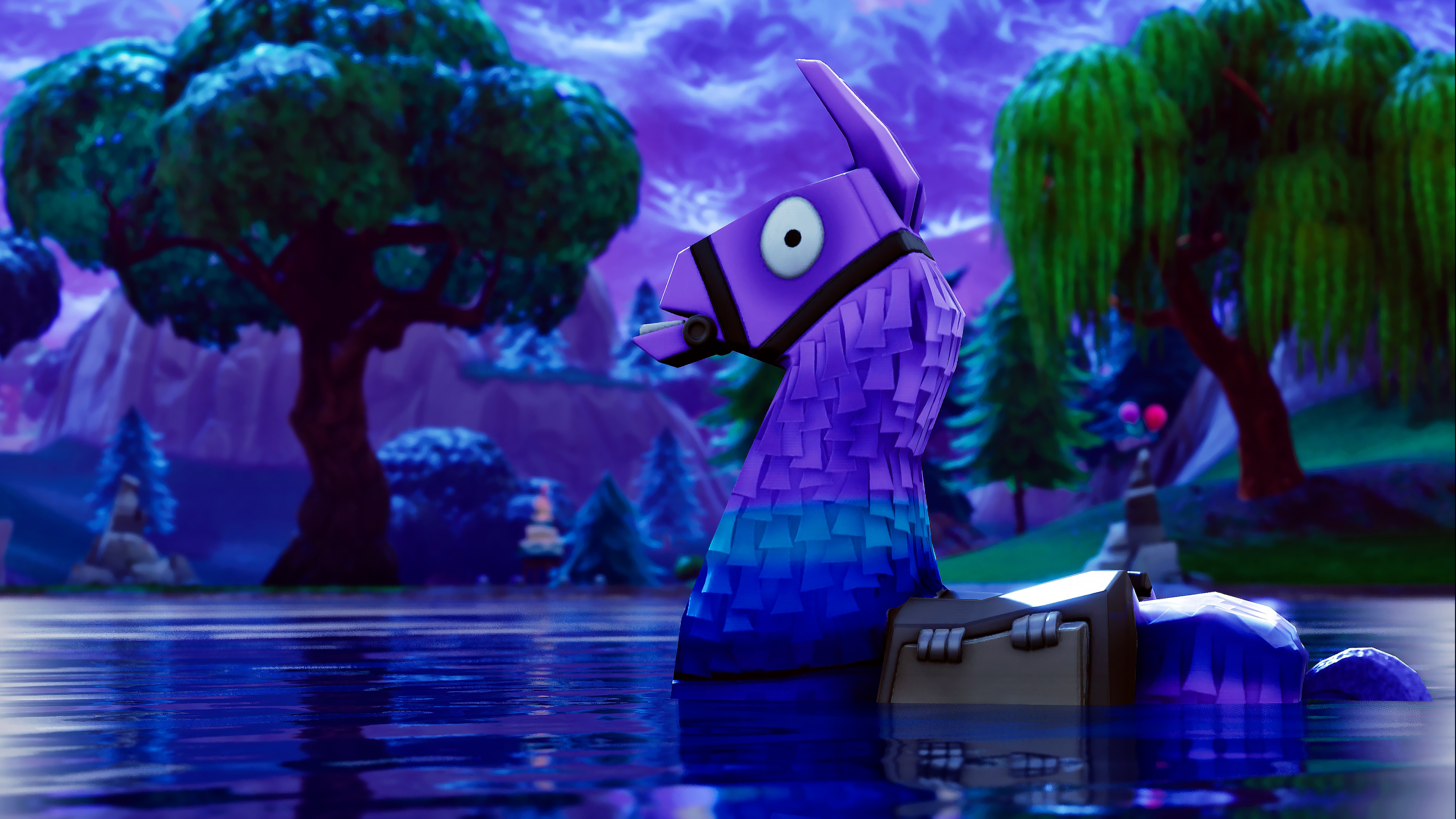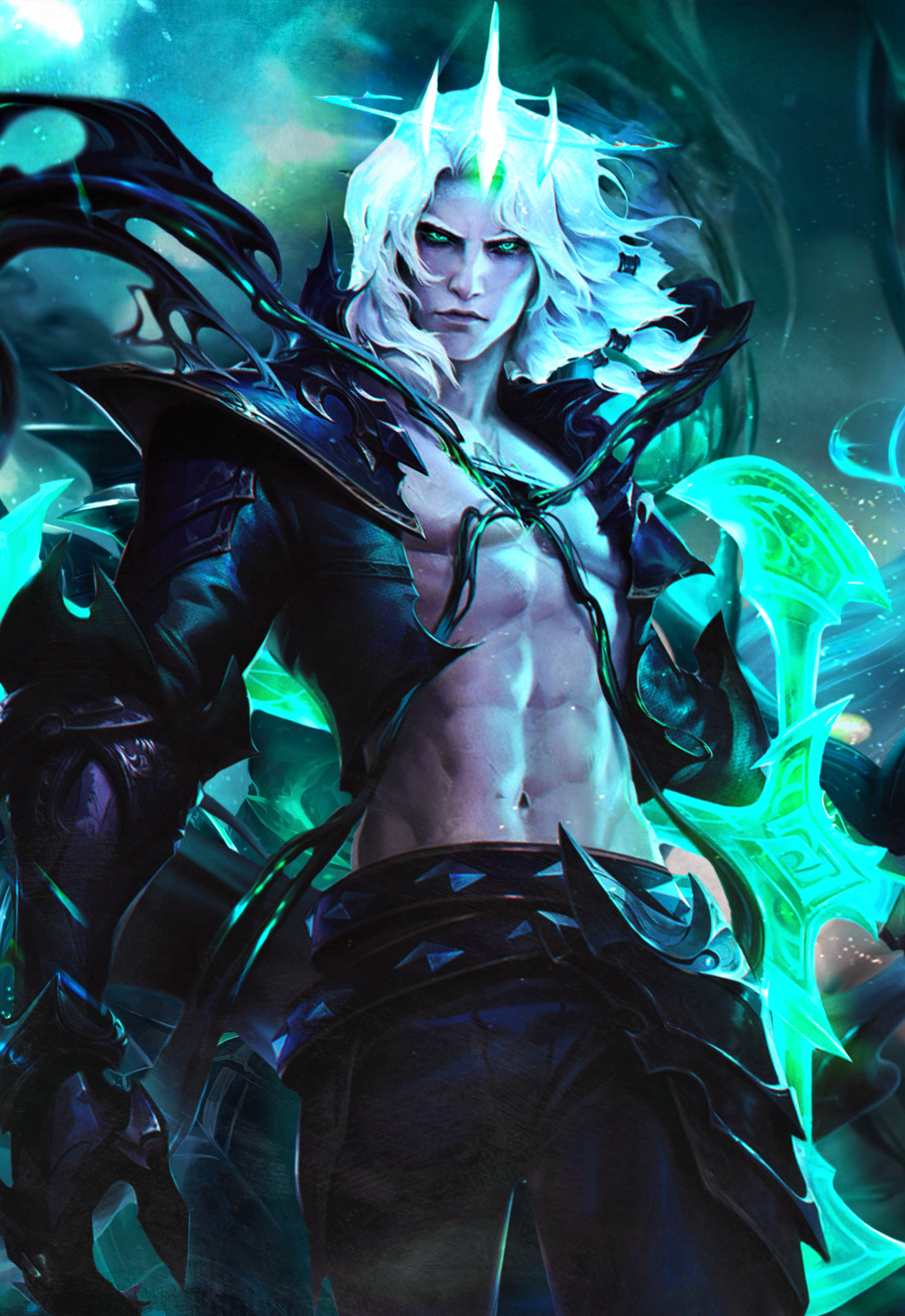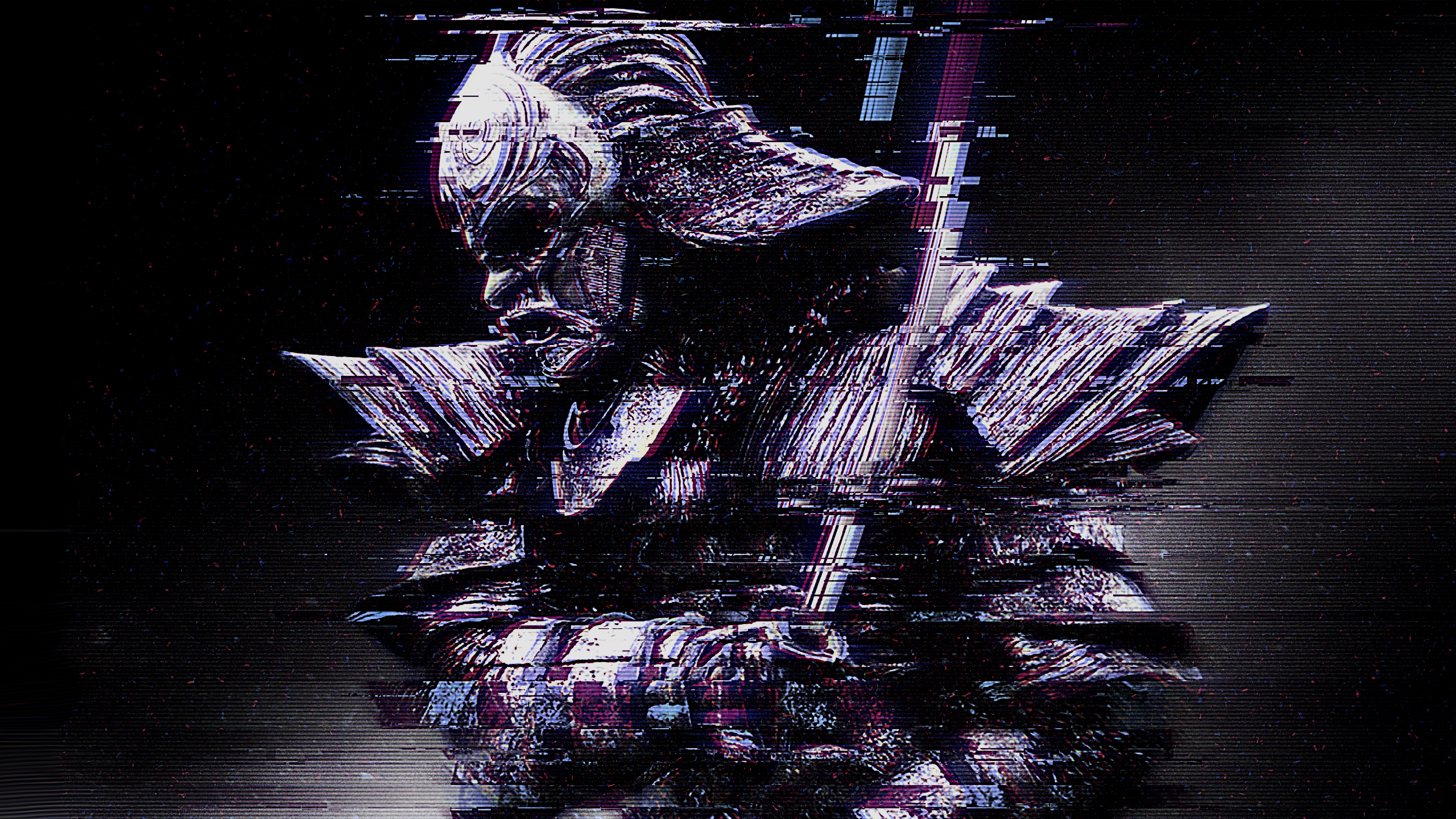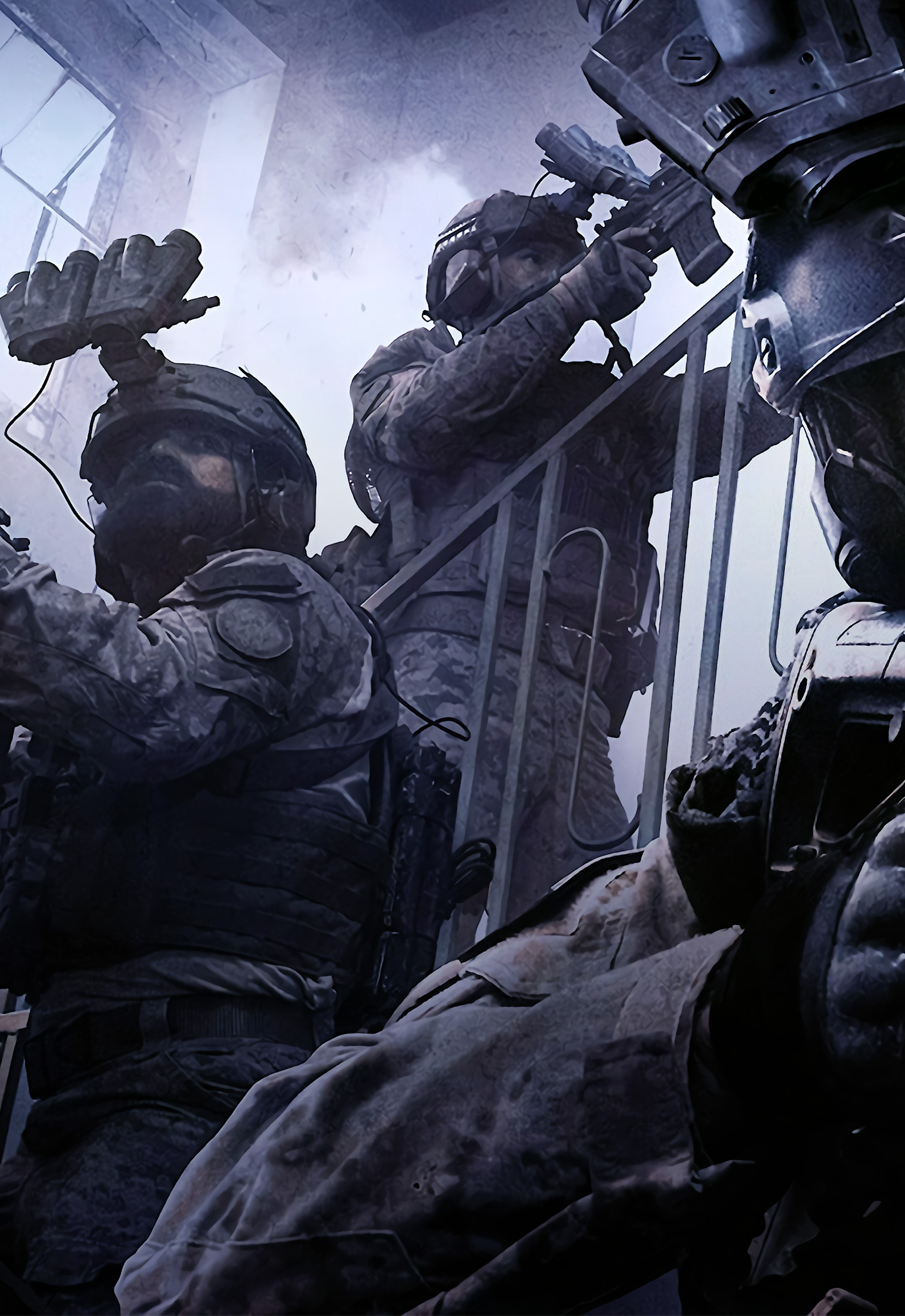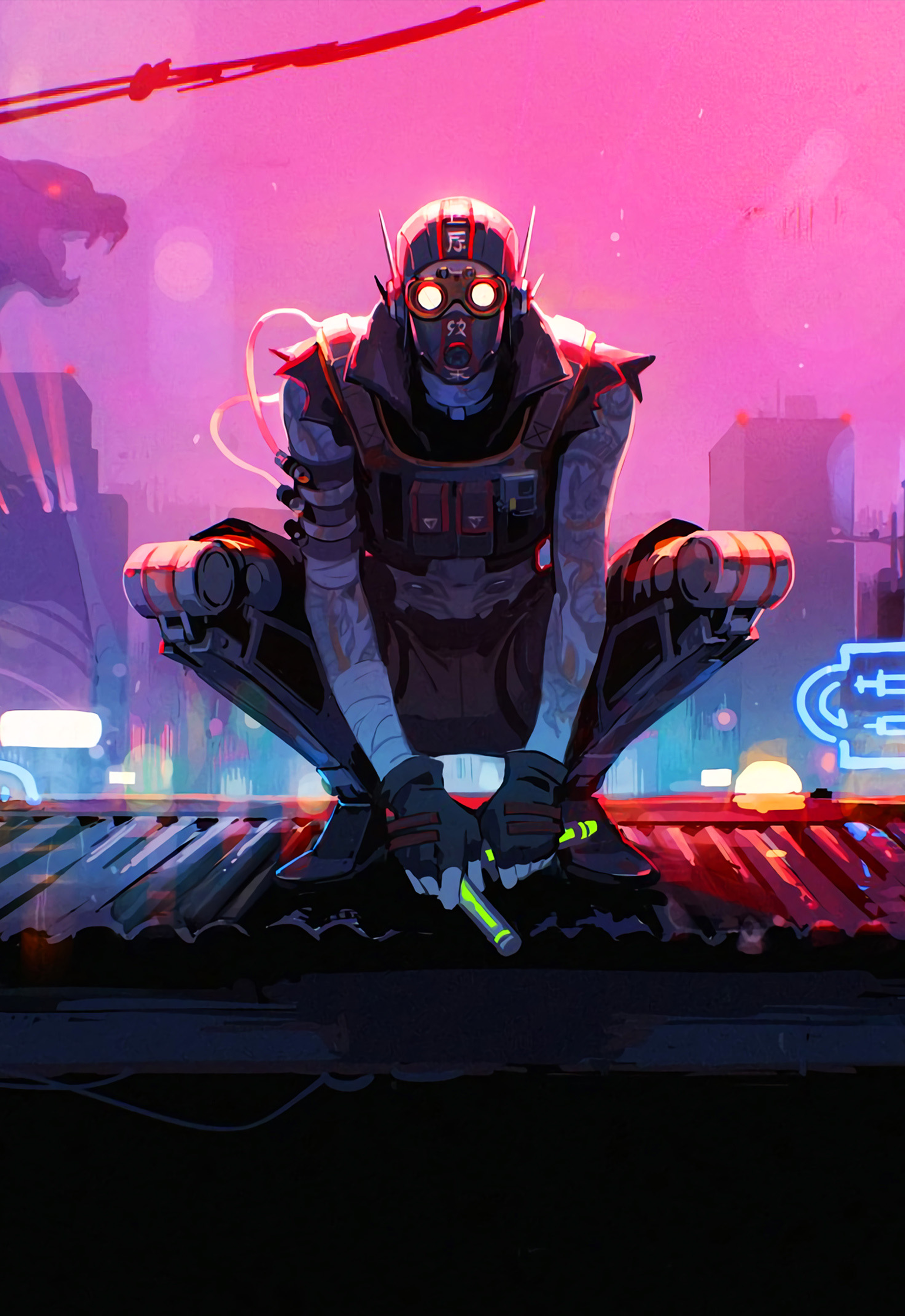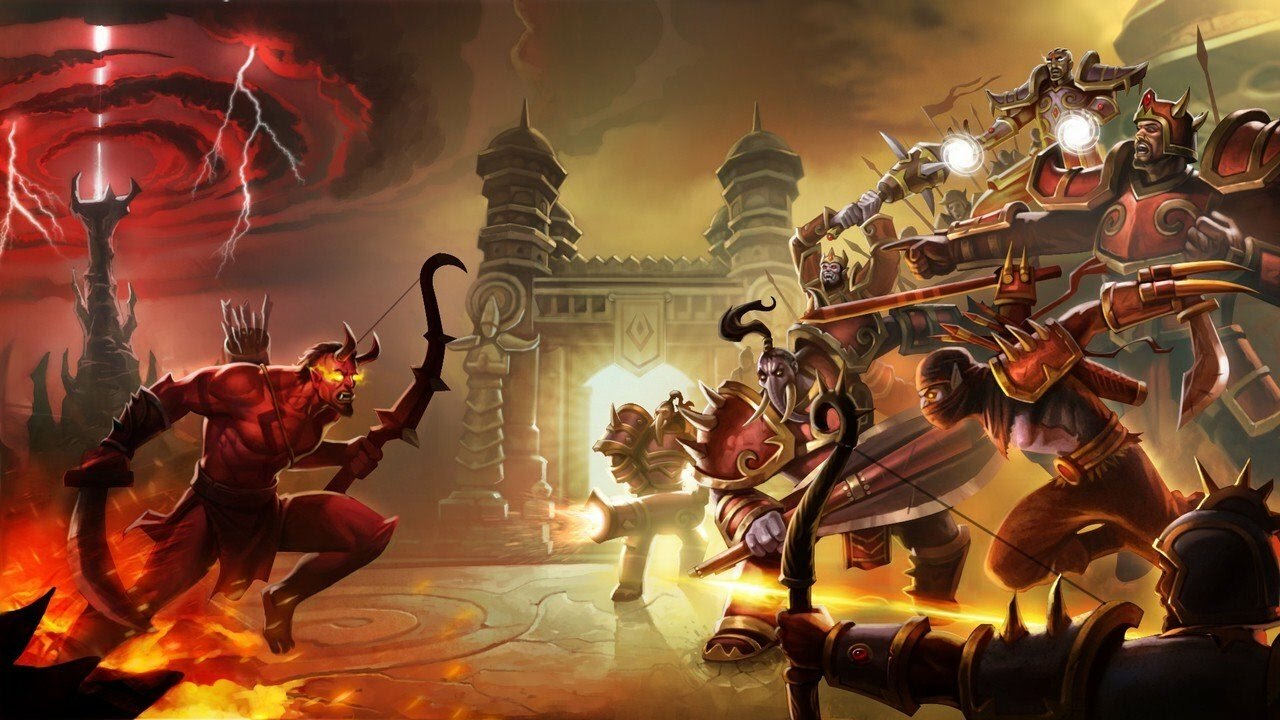As a reporter fascinated by the rapid growth and innovation within the Indian gaming industry, I recently had the exceptional opportunity to sit down with Roby John, the visionary CEO and co-founder of SuperGaming. Our conversation took a deep dive into the intricacies of their eagerly awaited title, "Indus Battle Royale." Roby shared captivating insights about the game’s distinctive features, its rich cultural integration, and the remarkable journey of its development. Here’s an inside look at how "Indus Battle Royale" is set to revolutionize the gaming world.
What is Indus Battle Royale about and its lore to Indian culture?
Indus is an Indo-Futuristic battle royale for Android and iOS. The game's lore is rooted in the concept of Indo-Futurism. Set in a distant future, it explores the origins of the planet Indus, once home to an ancient race of explorers, the Yaksha.
You, as a player, will embody a 'Mythwalker' seeking a rare resource known as 'Cosmium', However, a mysterious tragedy engulfed the Yaksha and Indus in an enigmatic mist known as 'Nirvana'. Since then, the fate of Indus and the Yaksha has remained unknown.
Years later, an intergalactic syndicate COVEN, has accessed one of the last remaining portals to Indus. This portal leads to a belt of mysterious floating islands slightly above the cover of Nirvana, where Cosmium is found. The gameplay is set on Virlok, one of these islands.
Despite COVEN's access, Virlok remains uninhabitable due to Nirvana. Organic matter cannot survive there, hence the role of Mythwalkers. These are artificial bodies, controlled by their real counterparts, which can withstand Virlok's environment.
The sought-after Cosmium is shrouded in mystery. Its endless potential could alter the galaxy's fate and grant COVEN unlimited power. Yet, its origins and use remain undiscovered.
What makes Indus BR unique compared to other BR games?
Indus Battle Royale represents the natural evolution of the most popular game genre of the decade. It’s different because:
- Robust and Ballistically Accurate Gunplay: Each weapon in Indus has its own distinct feel and performance, catering to a wide range of player preferences. This ensures there's "a gun for everyone" and allows players to develop their individual combat styles.
- Dynamic Pacing: The game enables players to adapt their approach on the fly, catering to different playstyles and archetypes (aggressive, defensive, strategic). This encourages more meaningful engagements across matches.
- Cosmium Win Condition: This unique mechanic introduces an additional layer of strategy. Cosmium, a substance appearing during the match, offers an alternate path to victory. Players must adapt, think fast, and improvise to secure the Cosmium, leading to exciting and unpredictable outcomes that reward both strategic and tactical decision-making.
- Indo-Futuristic Setting: Indus ditches the typical military or contemporary settings for a unique blend of Indian history and futuristic technology. This combination paves the way for a fresh visual style and potentially intriguing gameplay mechanics.
- Culturally Themed Elements: Weapons, characters, skins, and even locations have names and designs that reflect Indus's Indian background, providing a more immersive experience compared to generic BR fare.
Examples of the last two are as follows:
For instance Virlok — the island on which all the action in Indus takes place— is a mix of old and new as you can see from this early art exploration below that was done to capture the tone and vibe.
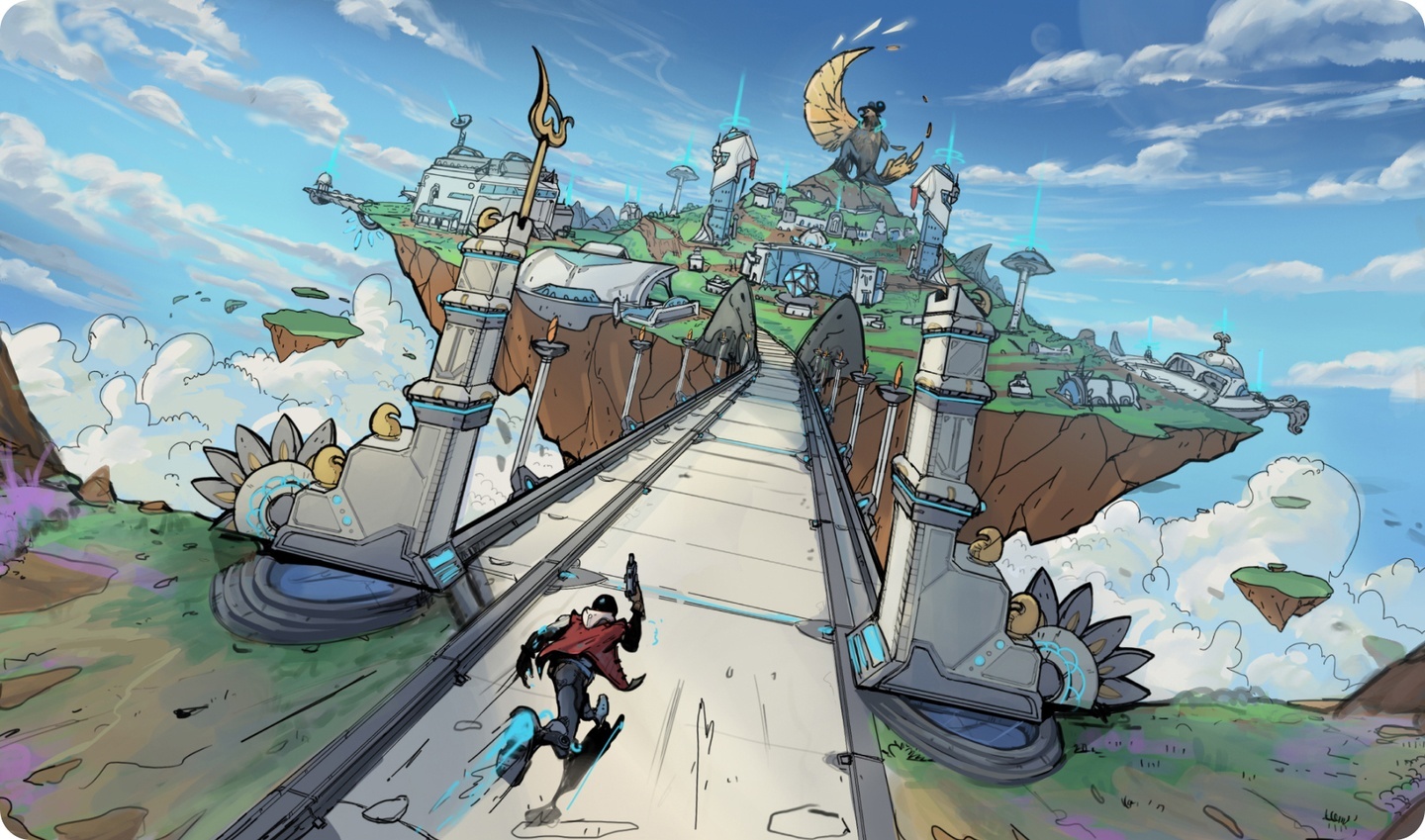
Another example of this is Jatayu from the Ramayana. It’s a symbol of valor across India and we found it to be a welcome representation of bravery amidst impossible odds. Depictions of Jatayu such as the Jatayu Earth’s Centre in Kerala have it with its wing slain by Ravana. In Indus however, it forms an integral part of the landscape of Virlok as Jatayu Central with our depiction of it alluding to a phoenix.
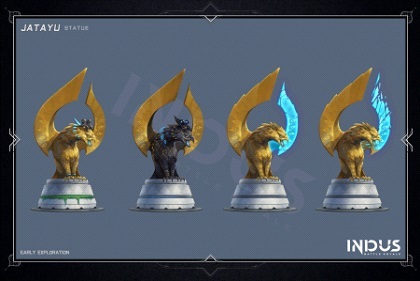
Within Jatayu Central itself, the architecture is replete with touches from Indian architecture with symmetry and few sharp, hard edges. Furthermore, the colour and surrounding environment were also thoughtfully crafted, keeping in mind the mood and feeling the team wants to give to you when you play Indus — dreamlike, to add to the environment’s allure and mystery. At the same time though, we want to ensure the environment is readable because at the end of the day this is a game where one of the core components is shooting other players.
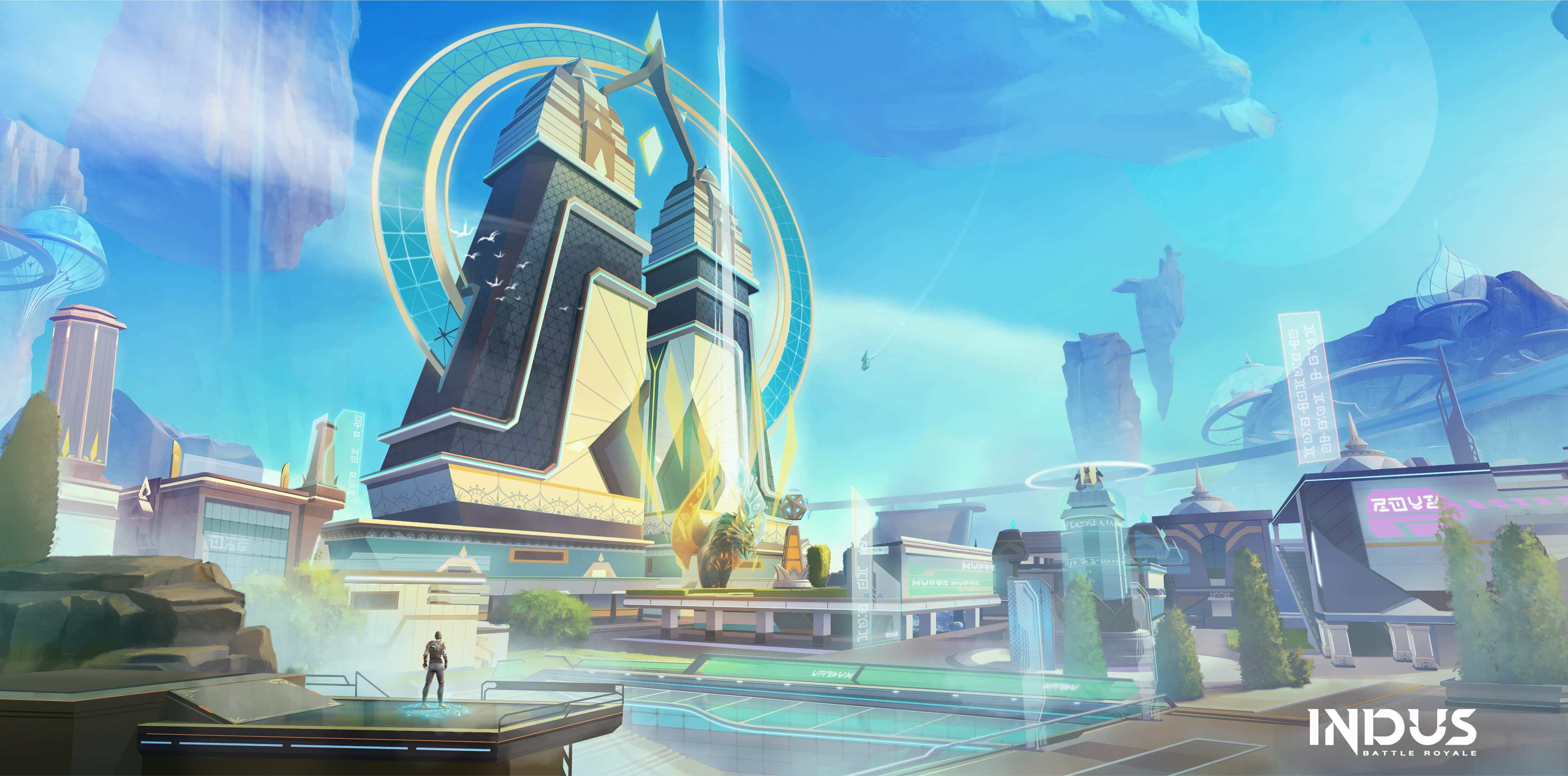
How have the playtests helped you, In making changes to the game after taking reviews and feedback from gamers?
We at SuperGaming believe in a community-first approach. The driving force behind our efforts is to create a game that is not just for the people, but also shaped by the people playing it.
To ensure that our game meets the needs and expectations of our player base, we have conducted extensive community playtests across multiple cities. These playtests have not only provided us with invaluable feedback but have also allowed us to directly engage with our players. It has served as a tool for gathering real-time feedback and insights from the gaming community, which have been instrumental in shaping the game's roadmap.
The main purpose of playtesting is to validate and improve the game mechanics and make the game esports-ready. This process has allowed us to identify areas of the gameplay that needed improvements, such as graphics and visuals, character designs, weapons, and environments as well as gameplay systems. Player feedback has led to significant adjustments, ensuring that the game feels balanced and fair, and provides a dynamic and engaging experience. Here’s a snapshot of the feedback after our very first playtest in Pune in August 2022:
- 80 percent of the community had a positive sentiment with the theme of Indo-Futurism.
- Over 50 percent of those at the playtest want more game development and behind-the-scenes content.
- Roughly 30 percent prefer gyroscopic controls in-game.
- Most entries for playtest invitations were from Pune followed by Delhi, Gujarat, Bengaluru, Mumbai, Uttar Pradesh, Haryana, Rajasthan, Tamil Nadu, and Kerala.
- The average age of players being under 25.
How was the response in the close beta testing?
While we’re busy optimising known concerns like device optimisation, frame rate, and the overall look and feel, the initial response has proved we’re giving the fans what they want. We’re seeing a surprising level of engagement and stickiness while in closed beta with a substantial set of players averaging play sessions of over an hour per day.
What are the future development goals and aspirations for "Indus Battle Royale" in terms of ongoing updates and expansions?
Our vision for Indus Battle Royale extends far beyond gameplay updates and expansion plans. We envision ourselves as a platform that has the potential to unite the global gaming community. Our intention is to make Indus one of the most exciting and innovative battle royale out there.
As an Indian game developer, we take pride in crafting a game that reflects our rich culture while also appealing to a global audience. With Indus Battle Royale, we aim to showcase the talent and innovation present within the Indian gaming industry on an international stage. We want to inspire the world with our creativity and ingenuity, demonstrating that Made in India games have the potential to captivate and engage players worldwide.
Furthermore, our commitment to building an ecosystem in India that caters to the gaming population is unwavering. We see a future where the Indian gaming community flourishes, supported by a robust infrastructure that nurtures talent, fosters innovation, and provides ample opportunities for growth. Through initiatives such as developer workshops, esports tournaments, and community engagement programs, we are dedicated to cultivating a thriving gaming ecosystem in India.
In essence, Indus Battle Royale represents more than just a game—it's a testament to our aspirations of bringing people together, celebrating diversity, and paving the way for the Indian gaming industry to shine on a global scale.
